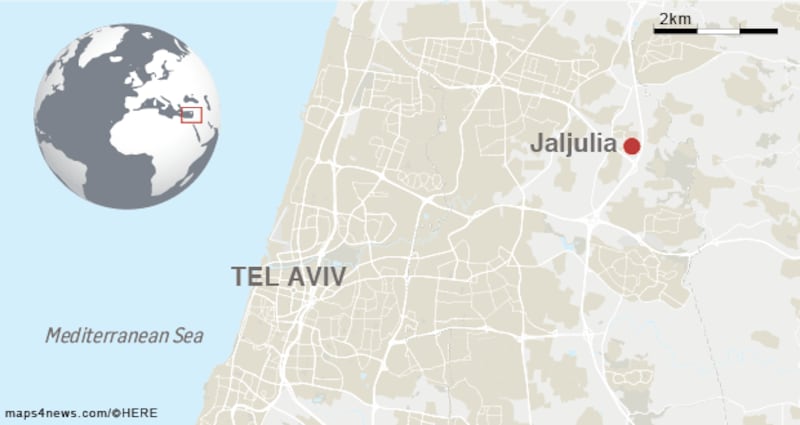Israeli archaeologists have uncovered the extraordinarily well-preserved site of a prehistoric “paradise” used more than half a million years ago by Stone Age hunter-gatherers.
The discovery at about 5m depth at Jaljulia, near the town of Kfar Saba, suggests that the human ancestors of Homo sapiens – Homo erectus – may have returned to the site repeatedly, leaving behind evidence of their primitive stone tools.
Archaeologists believe the site, northeast of Tel Aviv and close to one of Israel’s main highways, was regarded as a sort of “paradise” for prehistoric hunter-gatherers – with a stream, vegetation and an abundance of animals encouraging them to return.

The site's extended area was uncovered in recent months in a joint dig conducted by the Israel Antiquities Authority and the archaeological department in Tel Aviv University.
The most striking find was evidence of a well-developed lithic industry – referring to elaborately worked stone tools – including of hundreds of flint hand-axes typical of the ancient Acheulean culture that existed in the Lower Paleolithic era.
Acheulean axe-making culture – associated with Homo erectus and early Homo sapiens – is characterised by distinctive oval and pear-shaped flint hand tools.
The dating of finds of Acheulean hand-axes – which scientists now believe were used for a variety of purposes from butchering to digging – has been used to trace the early human migration out of Africa into Asia and Europe.
Geographic memory
Researchers believe that the fact that the site appears to have been occupied repeatedly indicates that prehistoric humans possessed a geographic memory of the place, and could have returned there as part of a seasonal cycle.
Maayan Shemer of the Israel Antiquities Authority said: “Coming to work in Jaljulia, nobody expected to find evidence of such an ancient site, let alone one so extensive and with such impressive finds.
“The findings are amazing, both in their preservation state and in their implications about our understanding of this ancient material culture.”
Ran Barkai of Tel Aviv University added: “This extraordinary site will enable us to trace the behaviour of our direct prehistoric ancestors, and reconstruct their lifestyle and behaviour on the very long journey of human existence.” – Guardian service










